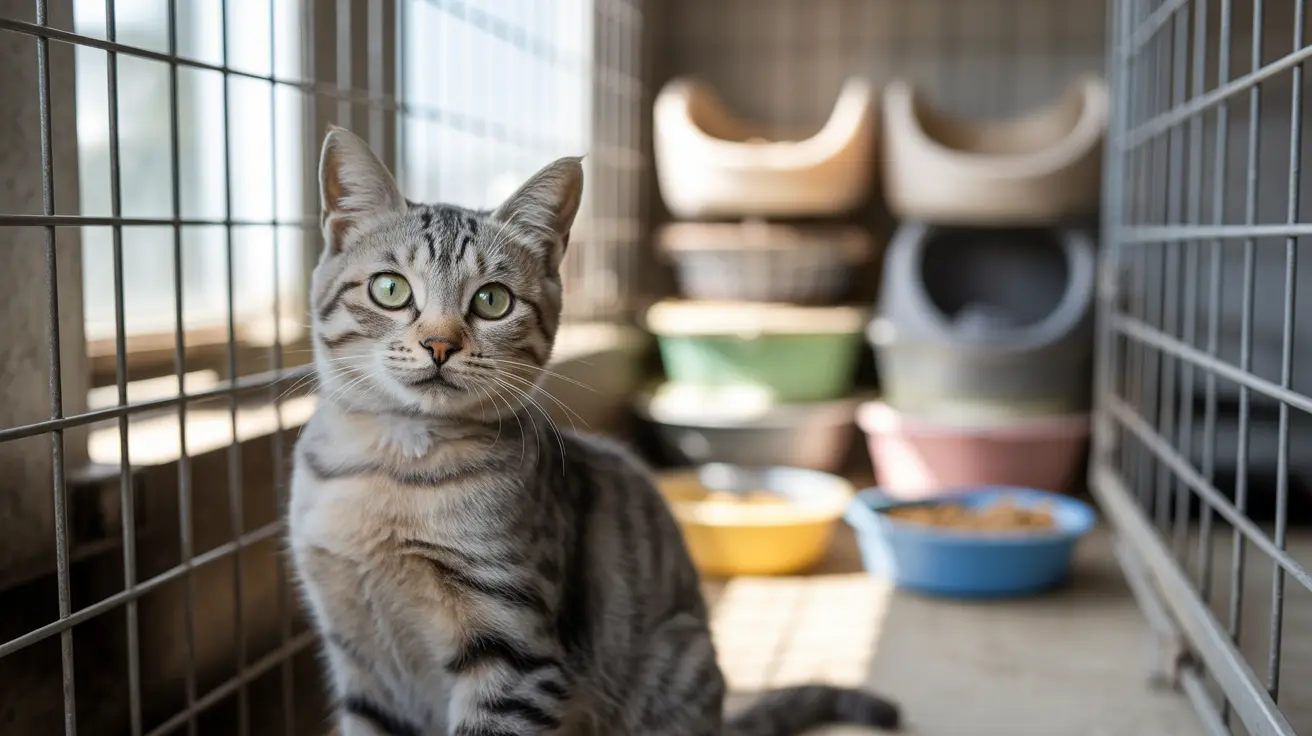Yes, cats can definitely get sunburn, and it's a more common issue than many pet owners realize. Just like humans, our feline friends are susceptible to the harmful effects of ultraviolet (UV) radiation, which can damage their delicate skin and lead to painful burns, inflammation, and potentially serious health complications.
While both indoor and outdoor cats are at risk of sunburn, certain cats are particularly vulnerable, especially those with light-colored or thin fur, hairless breeds, and cats with health conditions affecting their coat. Understanding the risks and implementing proper protection measures is crucial for keeping your cat safe from the sun's harmful rays.
Understanding Feline Sunburn
Sunburn in cats occurs when their skin is exposed to excessive UV radiation, causing damage to skin cells and resulting in inflammation. The condition, also known as solar dermatitis, most commonly affects areas where fur is thin or absent, such as the ears, nose, belly, and eyelids.
What makes this condition particularly concerning is that cats can't effectively communicate their discomfort until the damage is already done. Additionally, repeated exposure to UV radiation can lead to more severe health issues, including skin cancer.
High-Risk Cats and Vulnerable Areas
Most Susceptible Cat Types
- White or light-colored cats
- Hairless breeds (Sphynx, Peterbald)
- Cats with thin or sparse fur
- Those with medical conditions causing hair loss
Common Sunburn Locations
- Ear tips and edges
- Nose and face
- Belly area
- Eyelids
- Areas with missing fur
Signs and Symptoms of Cat Sunburn
Recognizing the signs of sunburn in cats is crucial for prompt treatment. Common symptoms include:
- Redness and inflammation of the skin
- Hot or warm skin to the touch
- Scaling or crusty patches
- Hair loss in affected areas
- Excessive scratching or discomfort
- Behavioral changes, such as irritability or hiding
Prevention and Protection Strategies
Protecting your cat from sunburn requires a multi-faceted approach:
Indoor Protection
- Install UV-filtering window films
- Use curtains or blinds during peak sun hours
- Create shaded retreat areas
- Limit window sunbathing time
Outdoor Protection
- Restrict outdoor access during peak UV hours (10 AM - 4 PM)
- Provide plenty of shaded areas
- Consider pet-safe sunscreen (approved by your veterinarian)
- Create covered outdoor spaces
Treatment Options for Sunburned Cats
If your cat does get sunburned, proper treatment is essential:
- Remove them from sun exposure immediately
- Apply cool compresses to affected areas
- Contact your veterinarian for professional guidance
- Follow prescribed treatment plans, which may include:
- Topical medications
- Pain relief
- Anti-inflammatory treatments
- Protective clothing or e-collars if necessary
Frequently Asked Questions
Can cats get sunburn like humans, and what are the symptoms to look out for?
Yes, cats can get sunburn similar to humans. Key symptoms include red, inflamed skin, sensitivity to touch, scaling or crusting, and behavioral changes indicating discomfort. The most commonly affected areas are those with minimal fur coverage.
How can I prevent my cat from getting sunburned, especially if they like to sunbathe by windows?
Install UV-filtering window films, use curtains during peak sun hours, and create shaded areas away from direct sunlight. Consider limiting window access during the strongest sun periods and consult your vet about pet-safe sunscreen options.
What are the best ways to treat sunburn in cats, and when should I seek veterinary help?
Initial treatment includes removing the cat from sun exposure and applying cool compresses. Seek immediate veterinary care if you notice blistering, severe redness, or signs of pain. Your vet may prescribe specific treatments based on the severity of the burn.
Are some cat breeds more prone to sunburn than others, and why?
Yes, cats with white or light-colored fur, hairless breeds, and those with thin or sparse coats are most susceptible to sunburn. This is because they lack adequate natural protection from UV rays through pigmentation or fur coverage.
How can I protect my indoor cat from sunburn if they spend a lot of time near sunny windows?
Use UV-protective window films, provide alternative comfortable resting spots away from direct sunlight, and establish a rotating schedule of window access to limit exposure during peak UV hours. Regular skin checks can help catch any issues early.
Remember, prevention is always better than treatment when it comes to feline sunburn. By understanding the risks and taking appropriate precautions, you can help ensure your cat stays safe and comfortable in any environment.






